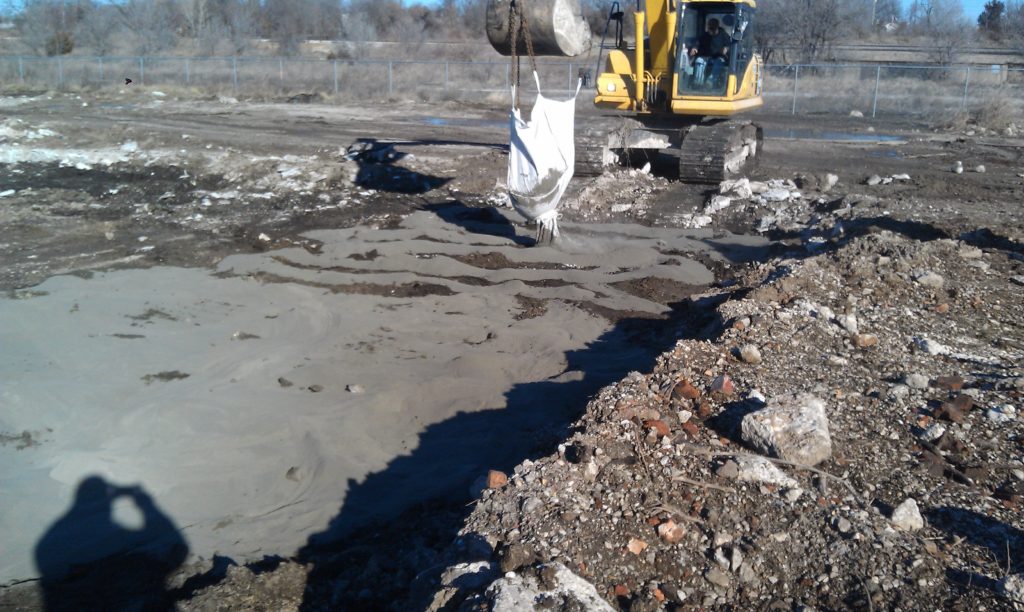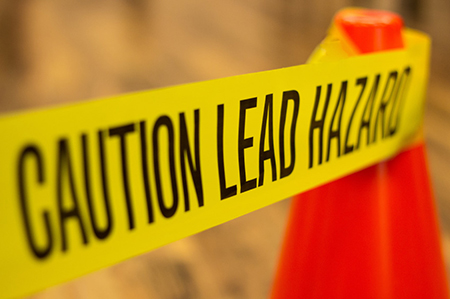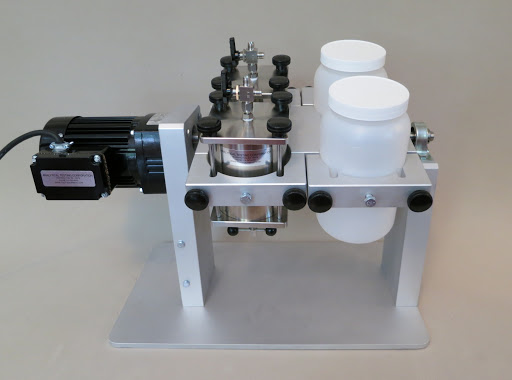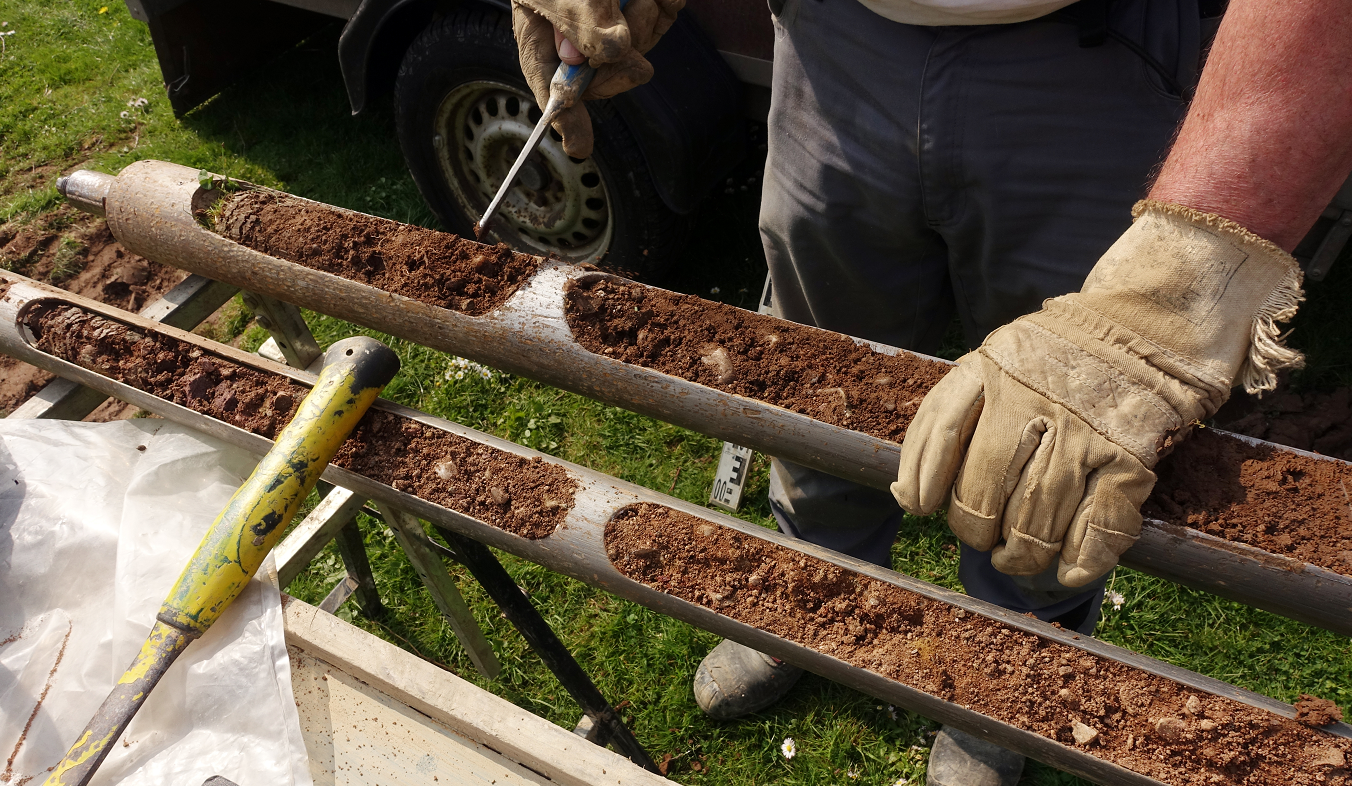What is Lead in Soil?
If the contaminated lead in soil exceeds the Toxicity Characteristic Leaching Procedure (TCLP) limits, stakeholders can be aware that remedial applications, such as Blastox exists that can be added directly to the soil to render it non-hazardous. This significantly drives down the cost of disposal as hazardous waste transportation and hazardous waste disposal will be avoided, allowing for local, non-hazardous waste disposal.
Contaminated soil remediation involves encapsulation and chemical conversion during remediation projects rendering them non-leachable to allow disposal of a non hazardous waste.
Soils exhibiting hazardous characteristics need to be disposed of at a facility permitted for that material at a high cost. Soils treated in the field prior to off-site disposal can be rendered non-hazardous and be disposed of in a regular landfill.
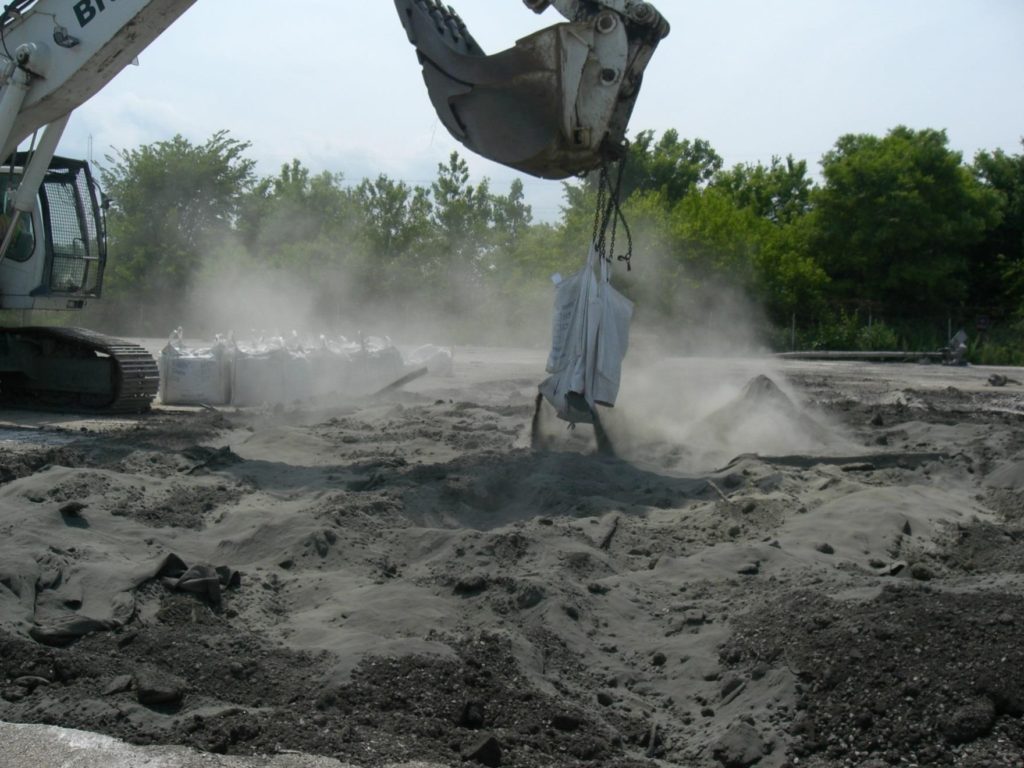
Blastox® 215 is used for soil stabilization on soil remediation projects. Its smaller particle size provides more reactive surface which is beneficial when stabilizing lead in soil for remediation projects. Due to the low dose rate and competitive pricing, Blastox® is a resource for many engineers and project managers.
Blastox saved $1.4 million in disposal cost.
A developer near Detroit, MI wanted to redevelop a property with an ideal location for a freezer warehouse. The site used to be a junk yard and had high levels of lead contamination over a large portion of the site. This is associated with areas that lead-acid batteries got crushed inside cars and left to drain and required lead fixation and soil remediation action.
Some soil was disposed off-site as D008 waste at great expense, but when a significant area required a large undercut for structural reasons, the disposal costs were threatening the project. It is a smaller particle size for more reactive surface area and used for lead fixation and other heavy metals on soil remediation projects.
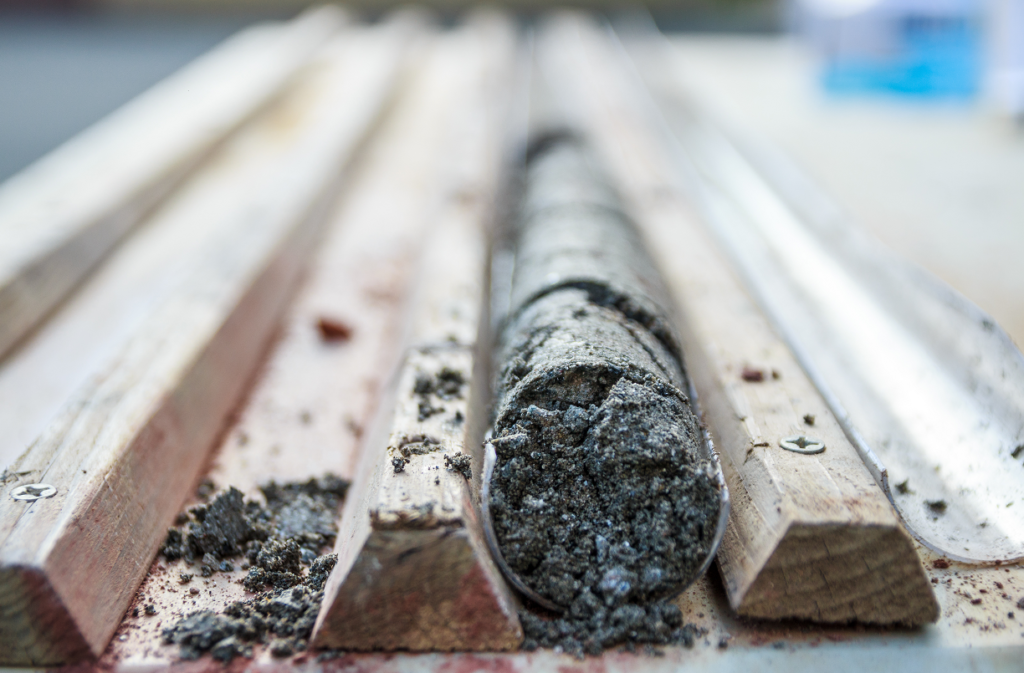
Blastox® 215 Technical Data
Product Description: Blastox® 215 is a patented, fine granular, complex calcium silicate-based additive. It therefore stabilizes heavy metals including cadmium and lead in soil. Applications include heavy metal-contaminated soil remediation treatment, brass spent molding sand stabilization as well as furnace emissions waste stabilization.



